The cuisine of Carloforte undoubtedly owes its most marked characteristics to its Genoese heritage, at times imbued with those of Maghreb and Sardinia. The Ligurian imprint is immediately apparent in the simplicity of its daily cooking: in its fresh ingredients wrested from the small vegetable gardens on the island and of course from the surrounding clear blue seas.
Gastronomy
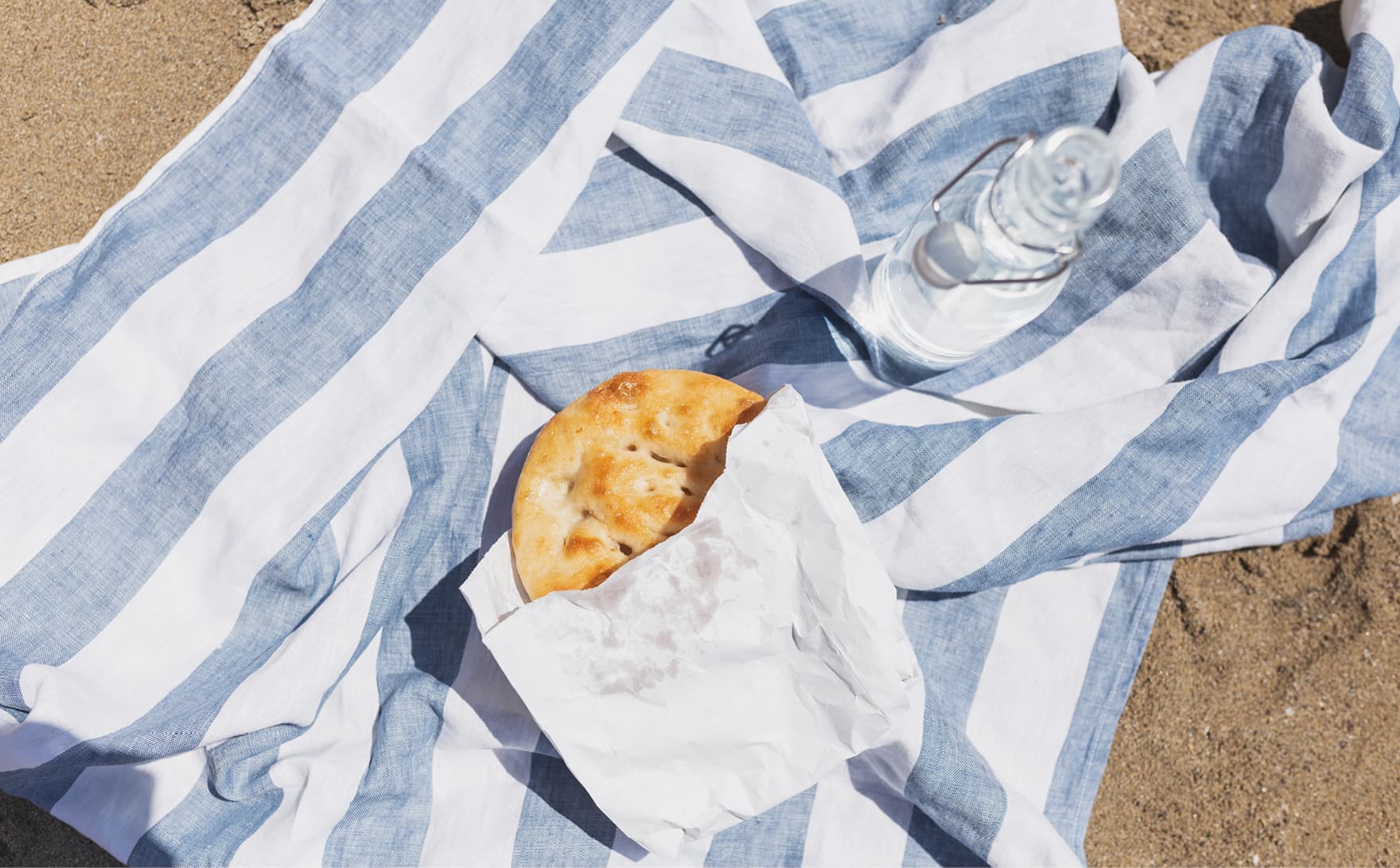
From Liguria we have fainò (a thin chickpea porridge baked in the oven to be eaten in slices), panissa (a kind of polenta made from chickpea semolina – an excellent accompaniment to stewed dishes) and of course pesto, here prepared with homegrown basil and tasty local pecorino cheese (but without pine nuts). The casulli – almost the national pasta for the people of Carloforte are made of small semolina curls similar to Campidanese malloreddus pasta, ridged on rush sieves. Other traditional pasta shapes also come from Genoa: curzétti (orecchiette), taggièn (tagliatelle), raïò (ravioli), trofiette (tapered sticks) and mandilli de sèa (“silk”lasagne). Appetising and suggestive names, behind which lies the toil of the fields and much patience in the kitchens.
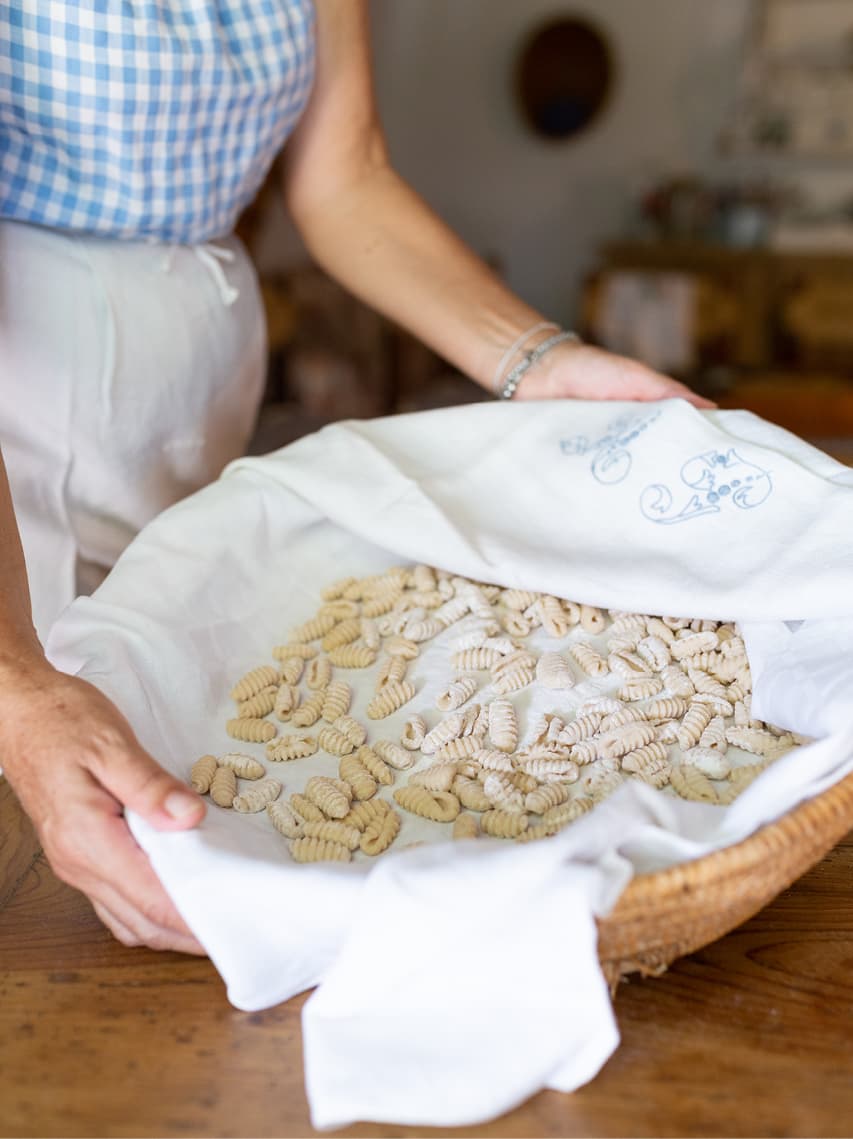

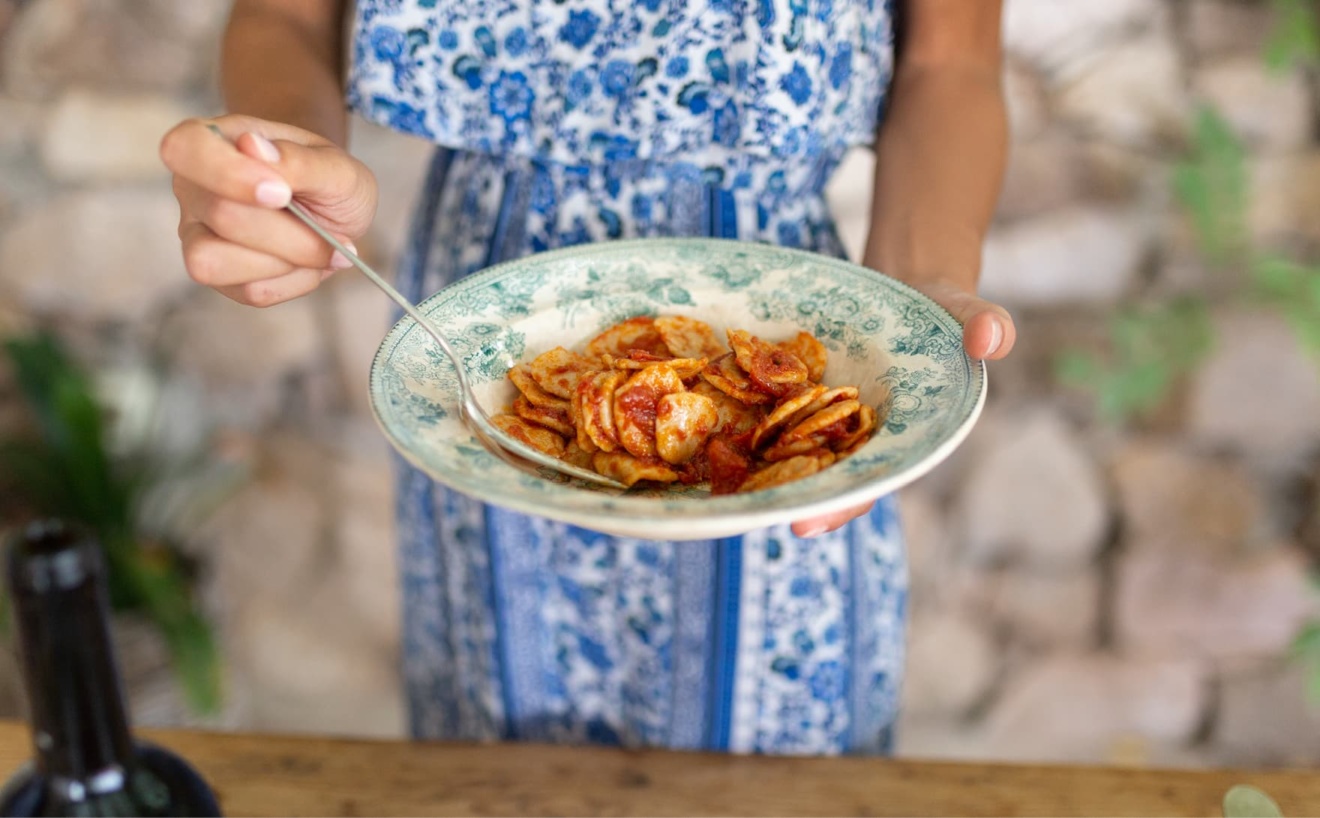
Here they call it cascà
From their stay some centuries ago in Tabarka (a small island in northern Tunisia) arrives cascà. There is no meat though in this typical Carloforte ‘couscous’: the semolina wheat is cooked in a special earthenware pot and served exclusively alongside a variety of seasonal riches from the garden. Different too are the family traditions and personal interpretations of the dish, all bringing a rich collection of flavours and variations that over time have come to merit a dedicated festival – the lively International Cascà Festival.
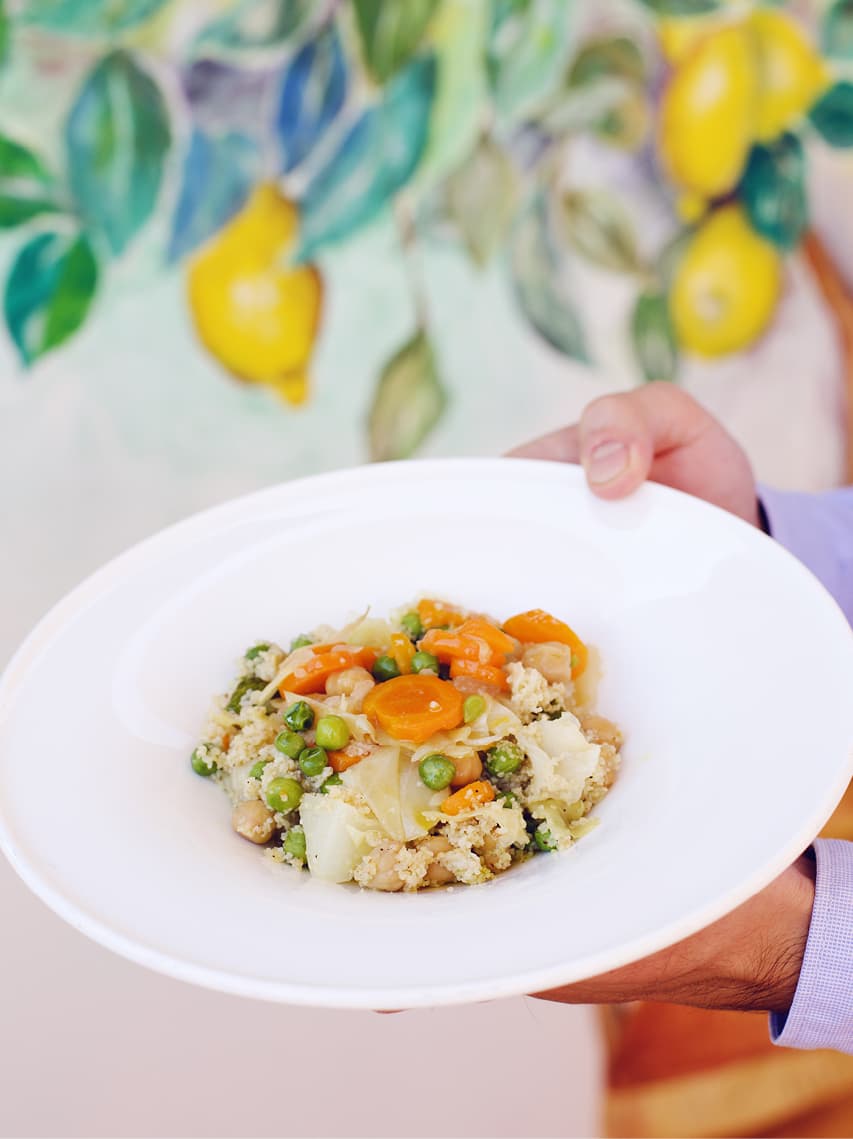
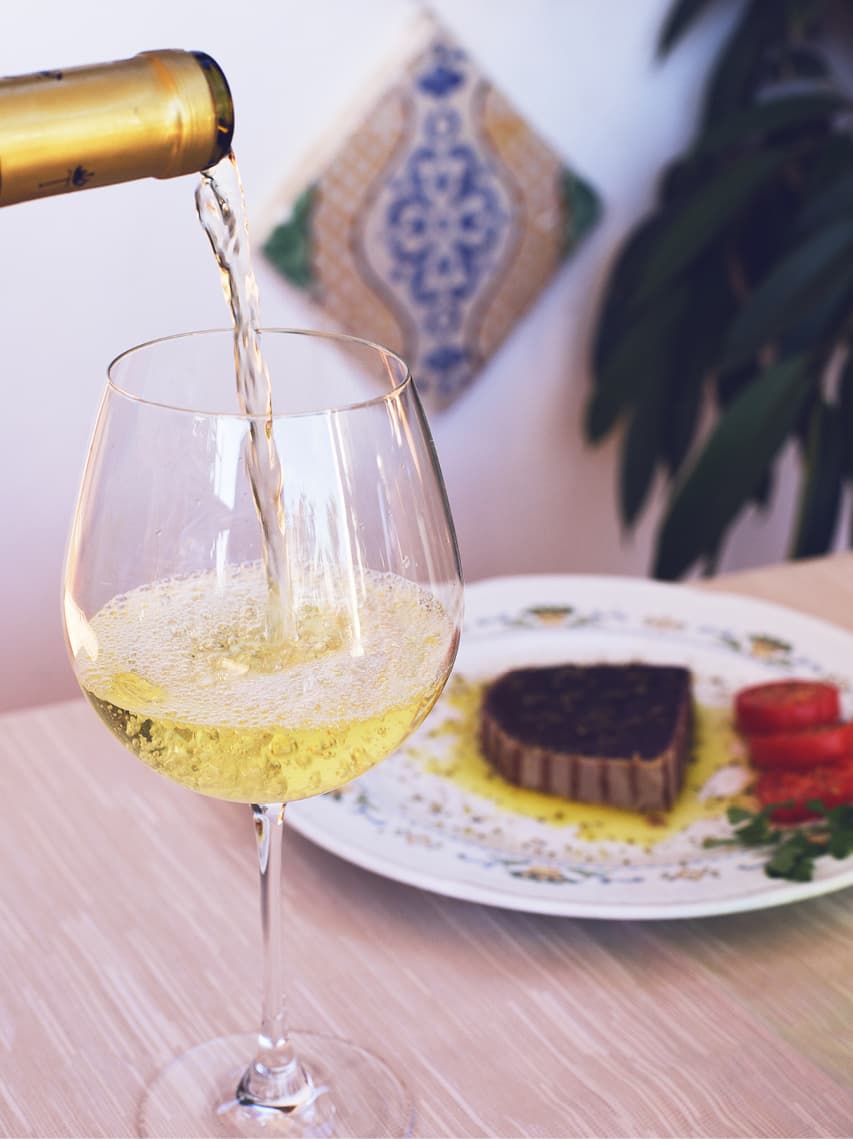
Another typical dish with links to Tunisia is the capunadda, a rich salad with tomatoes, onion and facussa (from the Arabic fakûs), a unique vegetable related to the melon but shaped like an elongated cucumber. Enriched with tuna in oil and served on galétte, the famous discs of biscuit bread, known to nourish sailors on their voyages for entire seasons.
Another traditional daily dish is the Bóbba soup, a puree of dried broad beans flavoured with basil and served with the traditional galétte.
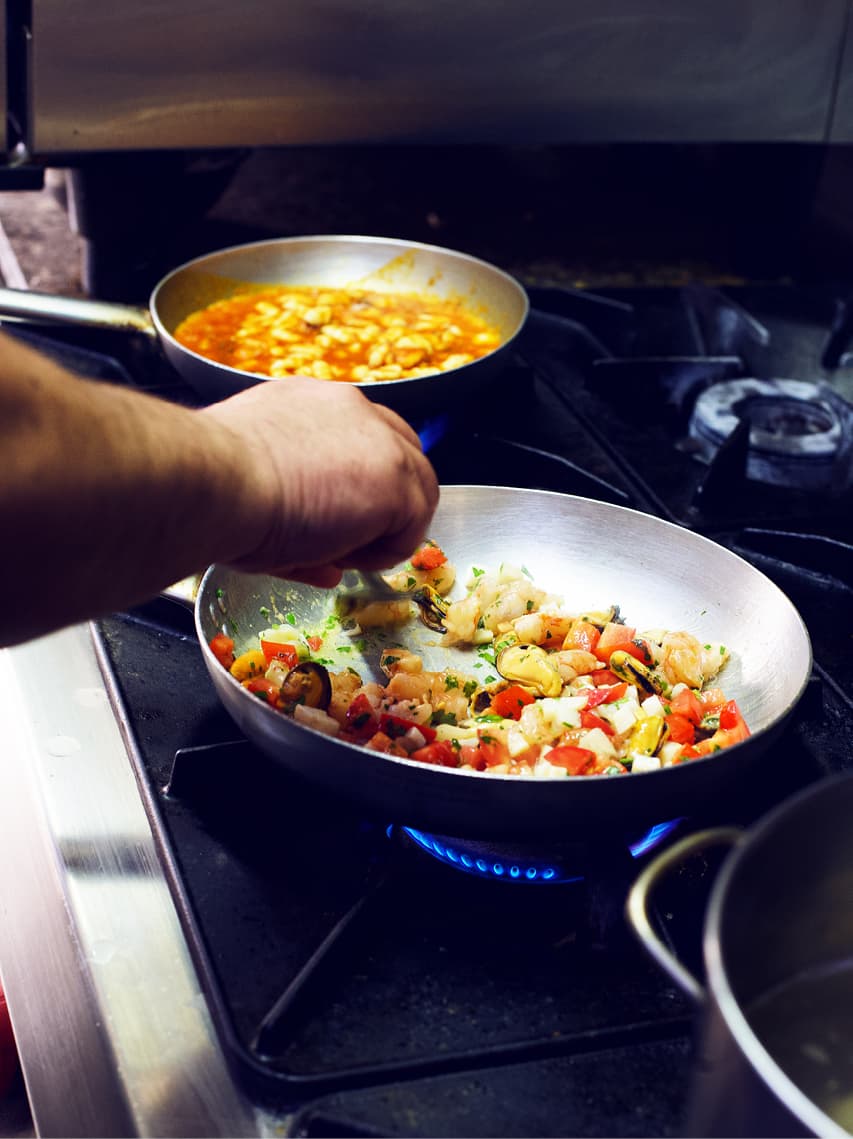
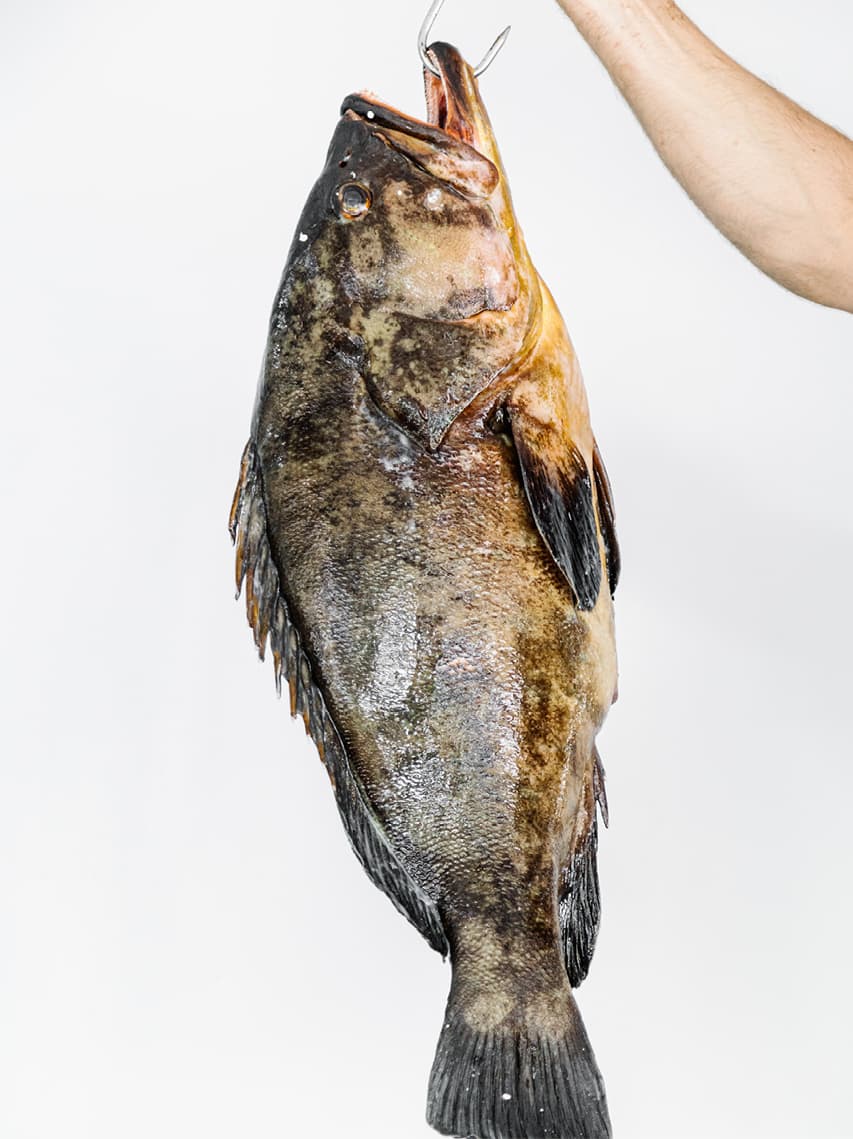
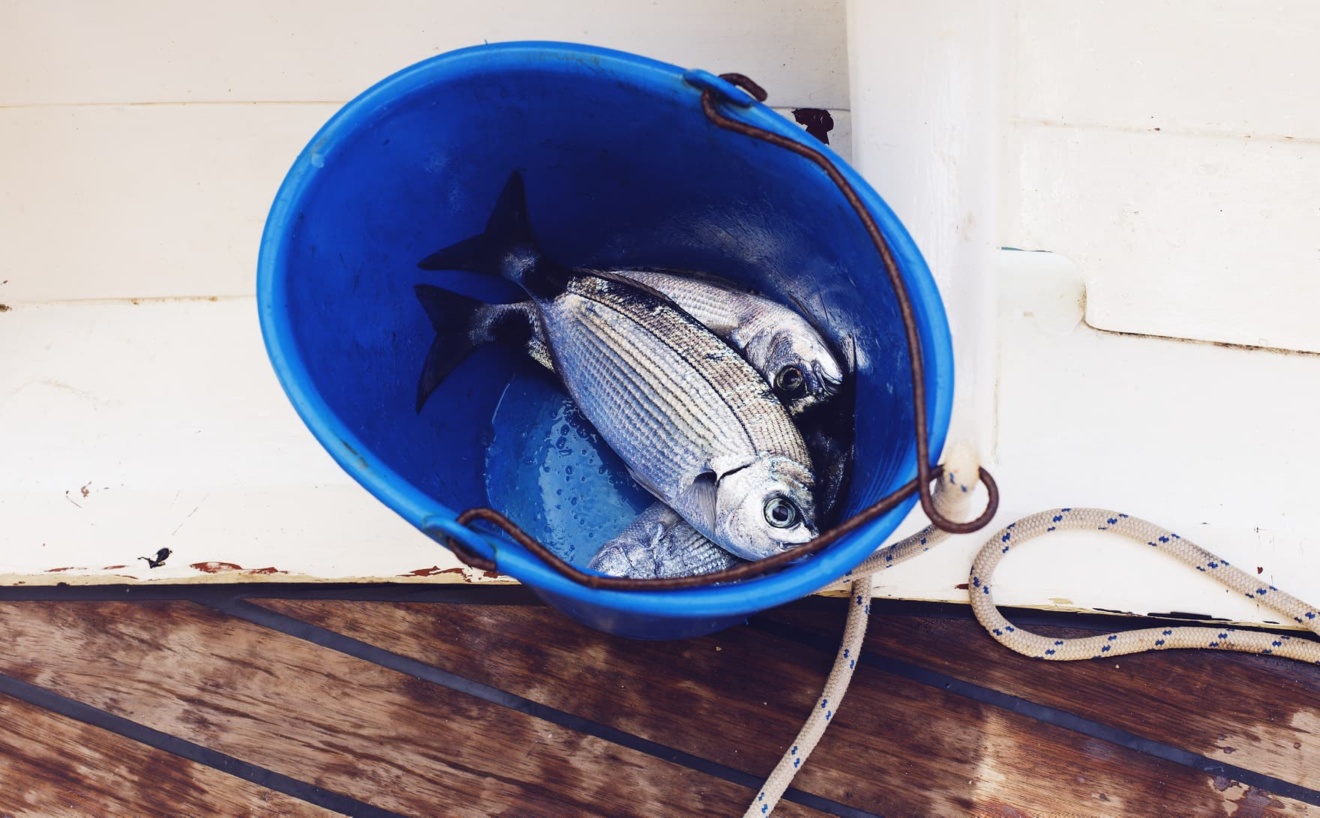
This brings us to main courses, for which we dive straight into the sea. Starting with mixed fried and roasted fish moistened with Uìntu, a delicate sauce of oil, lemon and chunks of tomato; the Casólla, a tasty blend of fish and shellfish in a reduced seafood sauce; and the Purpu acumudàu cue patatte, a delicious soup of tender octopus and potatoes.
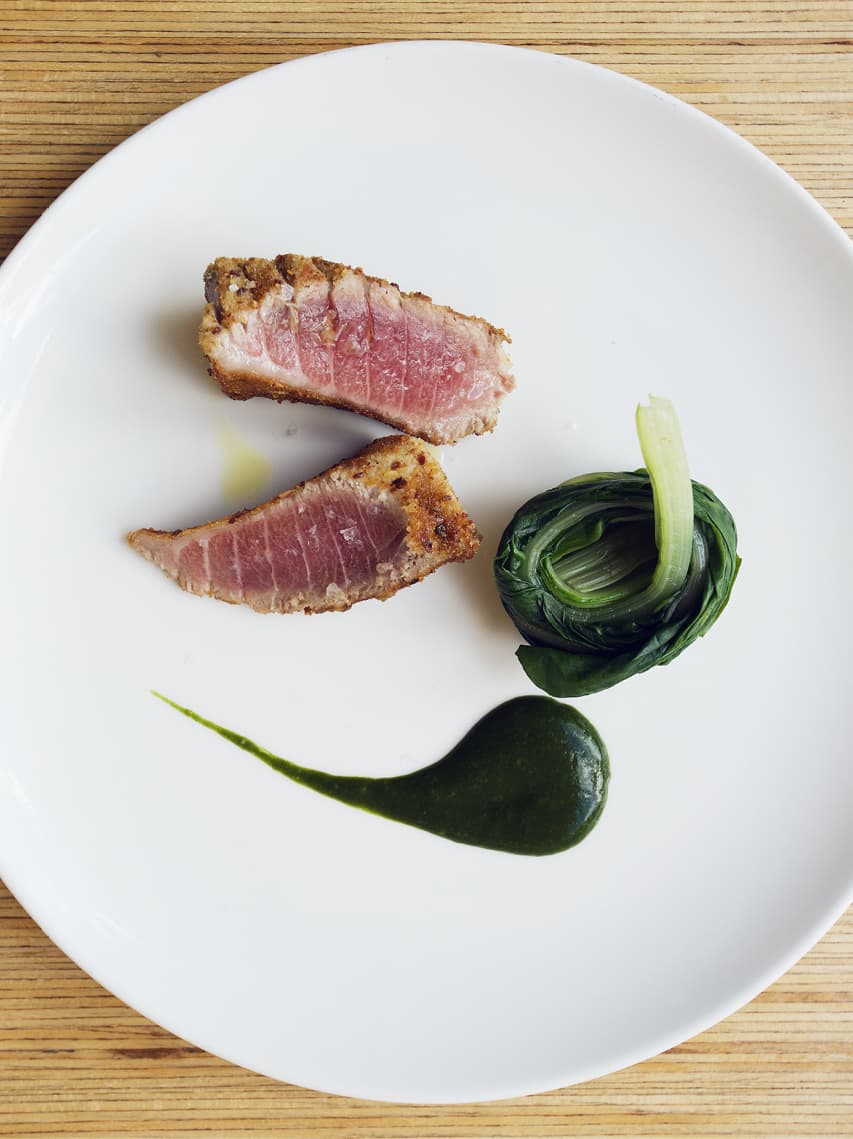
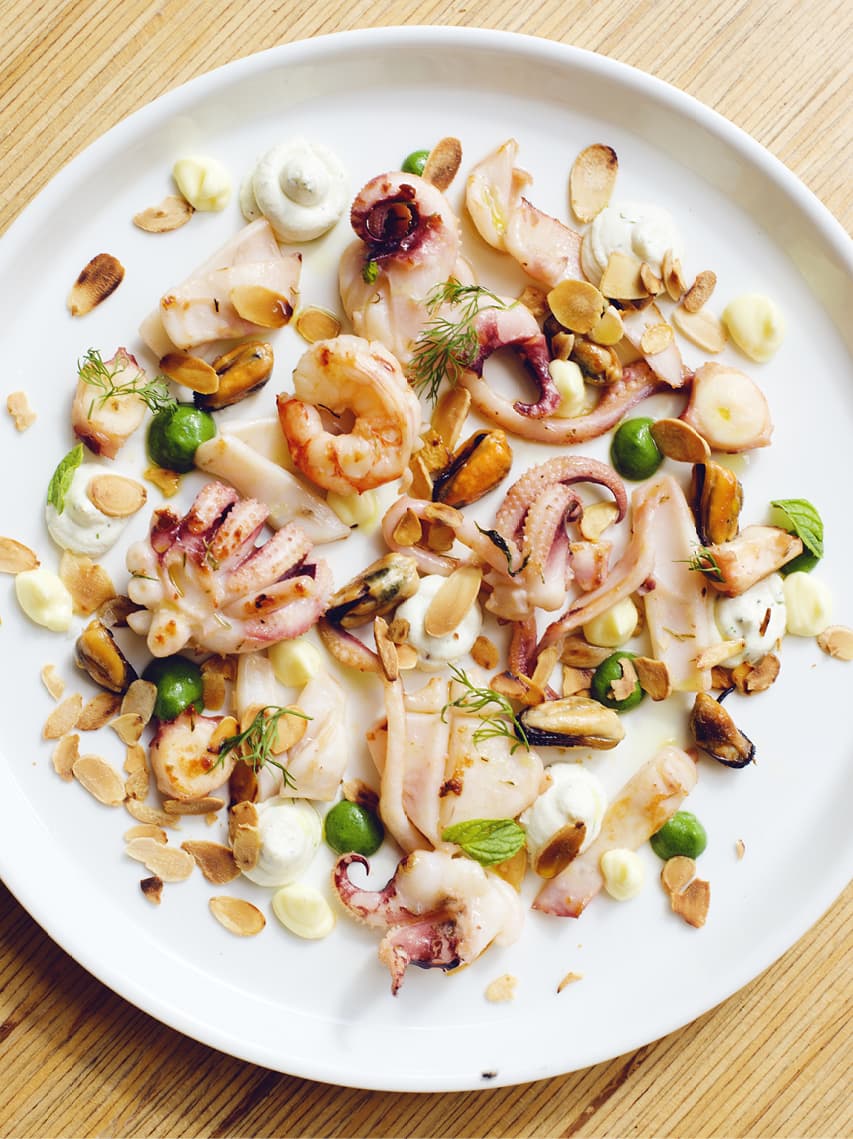
The prized red tuna
And then of course there is the world-renowned tuna of Carloforte the mighty and highly prized Bluefin tuna or Red tuna (Thunnus Thinnus). Here it is known as tonno di corso (running tuna) due to the speed with which it swims in this stretch of sea – also known as “outward tuna”, because it is still fat and full of spirit, at the peak of its unrelenting natural vigour. Here on the Island of San Pietro it has been worked for centuries with refined mastery, meticulously appreciating all its parts, and preserving them with particular skill – in oil, salted, dried – but above all cooked fresh in a marvellous variety of delicious and exclusive recipes.
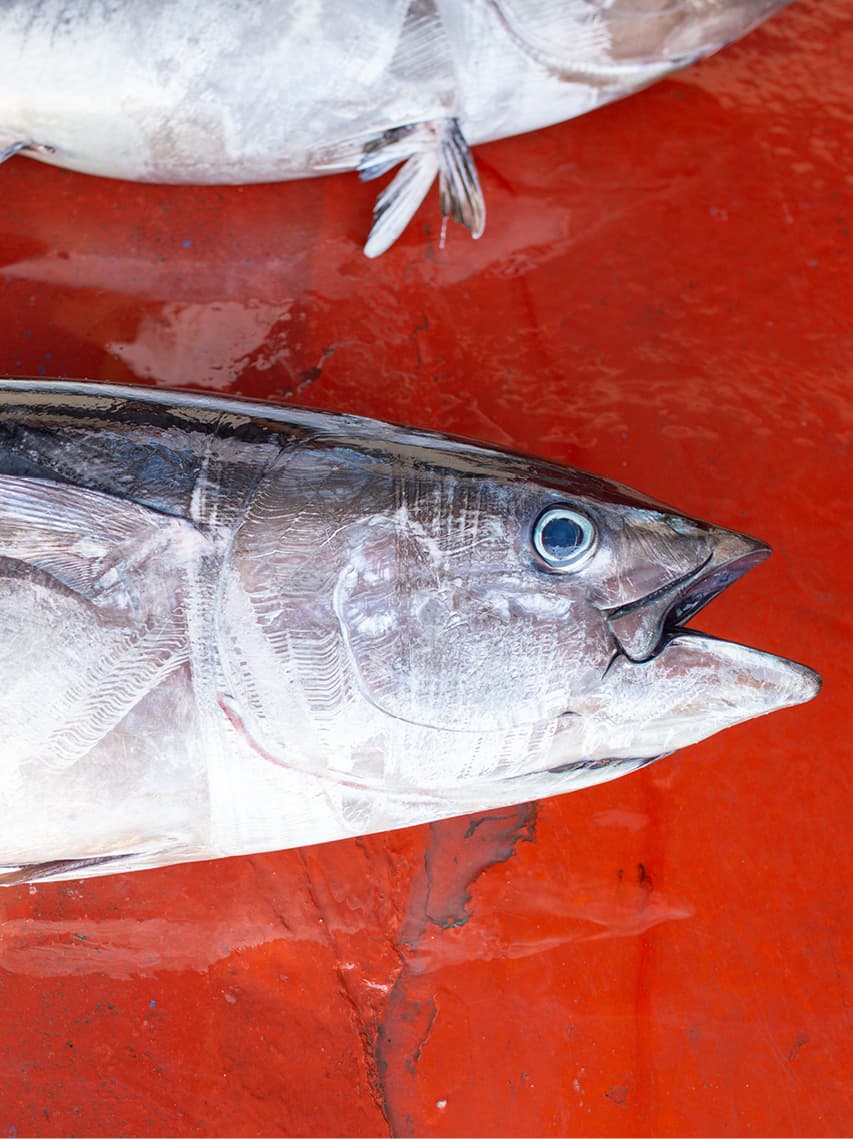
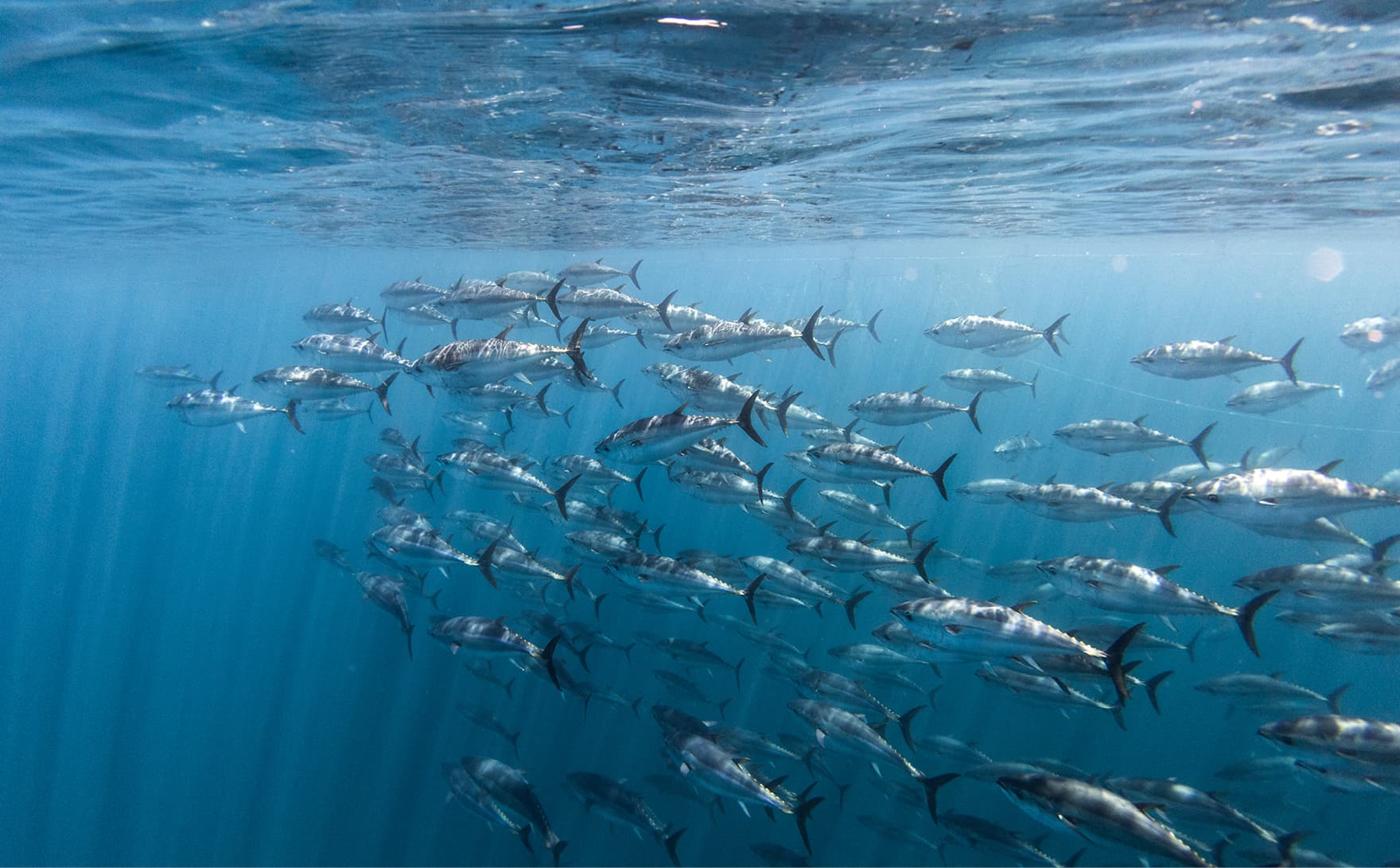
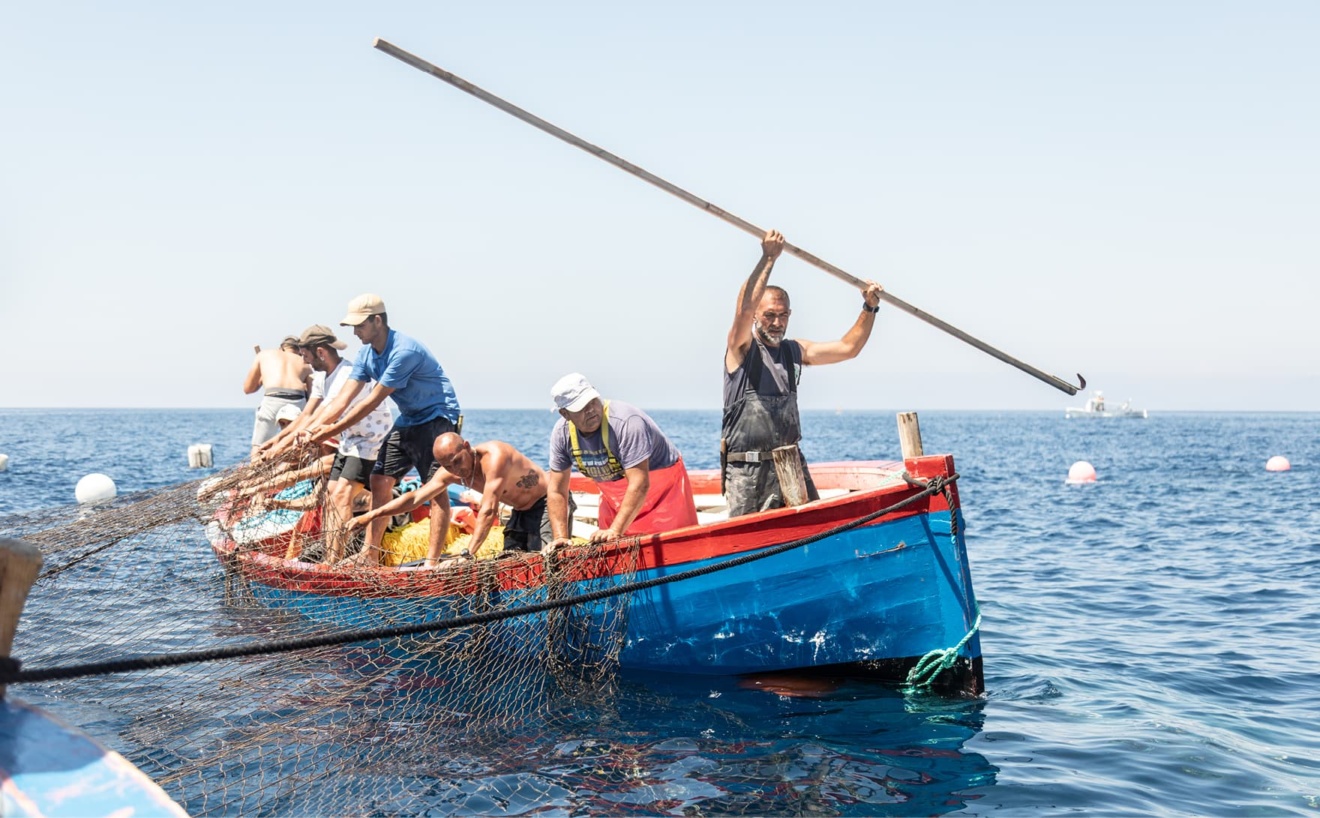
Finally, for the source of wines a return to mainland Sardinia primarily for the Carignano and Bovale vines, imported here in the Sulcitane and variants, all well acclimatised in small well-kept vineyards. Nasco and Moscato are fine accompaniments to the excellent local desserts: the cassata of ricotta cheese and maraschino in marguerite pastry, the crumbly canestrélli covered with thin icing, the turtétte of puff pastry with honey and a heart of ricotta, the panétti cue fighe (fig cakes) enriched with almonds, zibibibbo and sapa, a tasty juice made from overcooked grape must.


